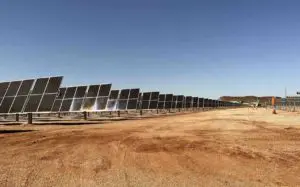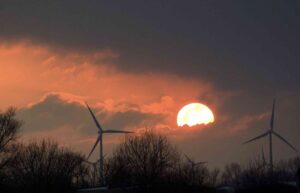ASX-listed wave power developer Carnegie Wave Energy has revealed it has completed the conceptual design phase of its CETO 6 Project at Garden Island in Perth.
The WA company – whose CETO 5 technology makes up the world’s first grid-connected wave energy array, located off Garden Island – said its CETO 6 design had a number of advantages over the earlier model, including a roughly four-times increase in rated capacity to 1MW.

The new design also eliminates the need for heavy offshore lifts (and associated costly heavy lift vessels), adding to a much simplified installation and maintenance program.
Further the CETO 6 has more advanced control systems, with power generation contained inside inside the Buoyant Actuator, which goes to increased system efficiency.
An electrical export cable (or umbilical) is also used to deliver the power onshore, reducing
transmission losses compared to the current CETO 5 Perth Wave Energy Project, which uses a pipeline with high pressure fluid.

 Carnegie says the incorporation of the power generation equipment offshore also increases the market for CETO, making it able to take advantage of deeper, and further off-shore wave resources and sites.
Carnegie says the incorporation of the power generation equipment offshore also increases the market for CETO, making it able to take advantage of deeper, and further off-shore wave resources and sites.
“The CETO 6 concept design is the culmination of work commenced in 2012 and incorporates
lessons learnt from the Perth Wave Energy Project, recent wave tank testing in Scotland, internal design and modelling studies and design work undertaken with Carnegie’s supply chain,” the company said in an ASX media release.
The team has also identified a preferred project site for the CETO 6 array, some 10km offshore from Garden Island.
Detailed design is targeted for completion in mid-2016. The CETO 6 project has been partly funded by a five-year, $20 million loan facility from the Clean Energy Finance Corporation, alongside an $11 million grant from the Australian Renewable Energy Agency (ARENA).







